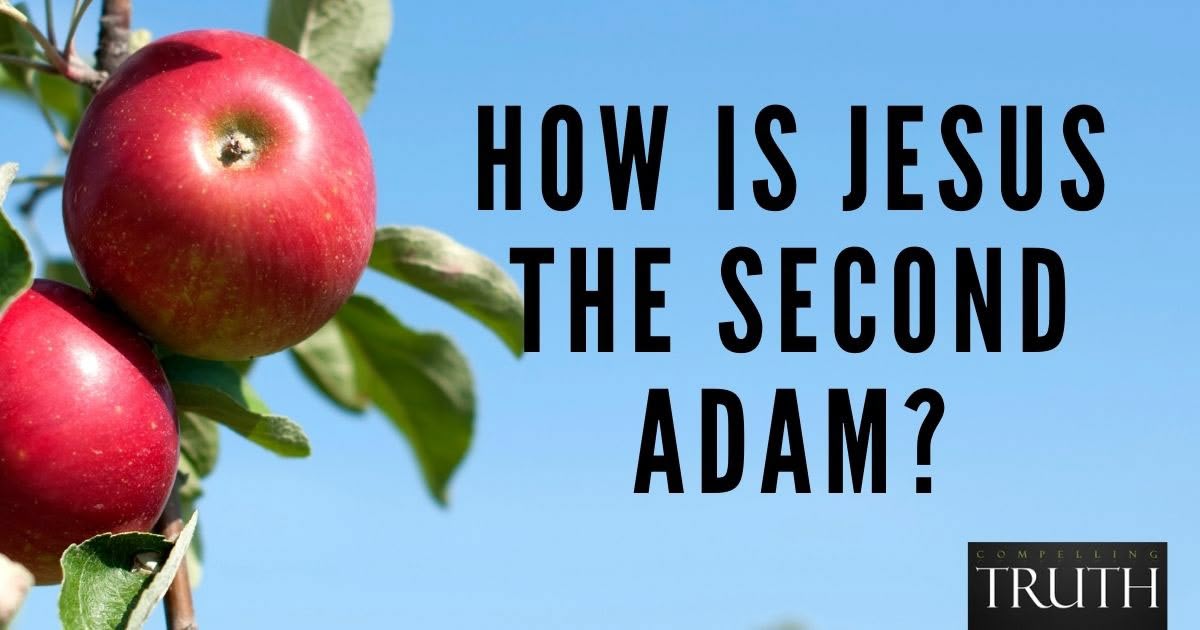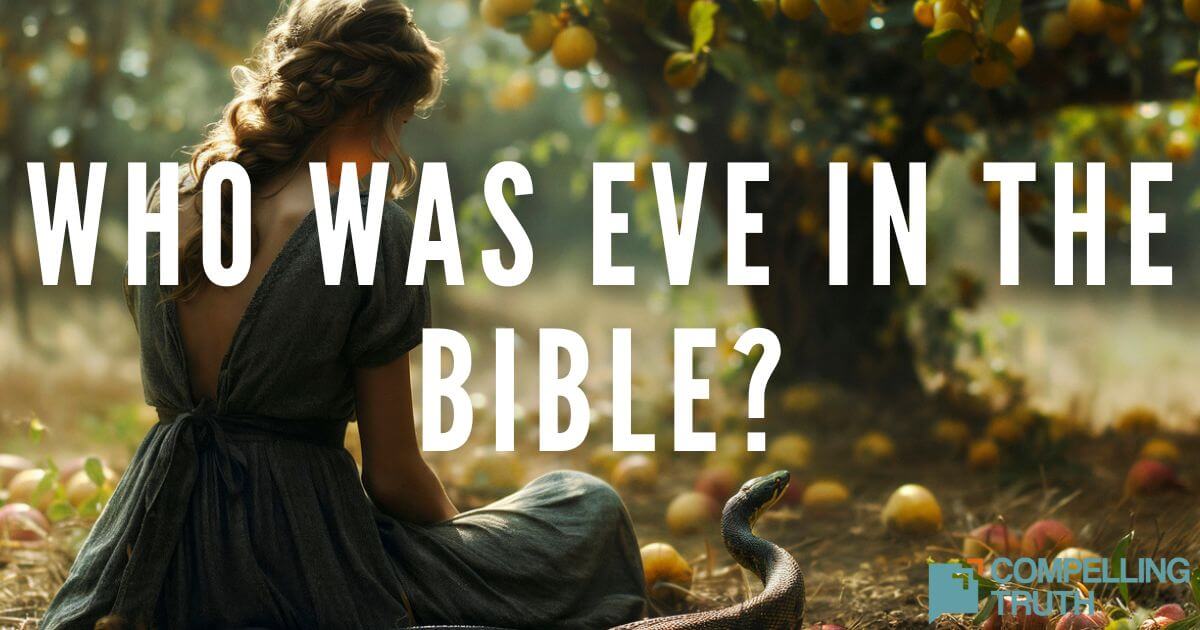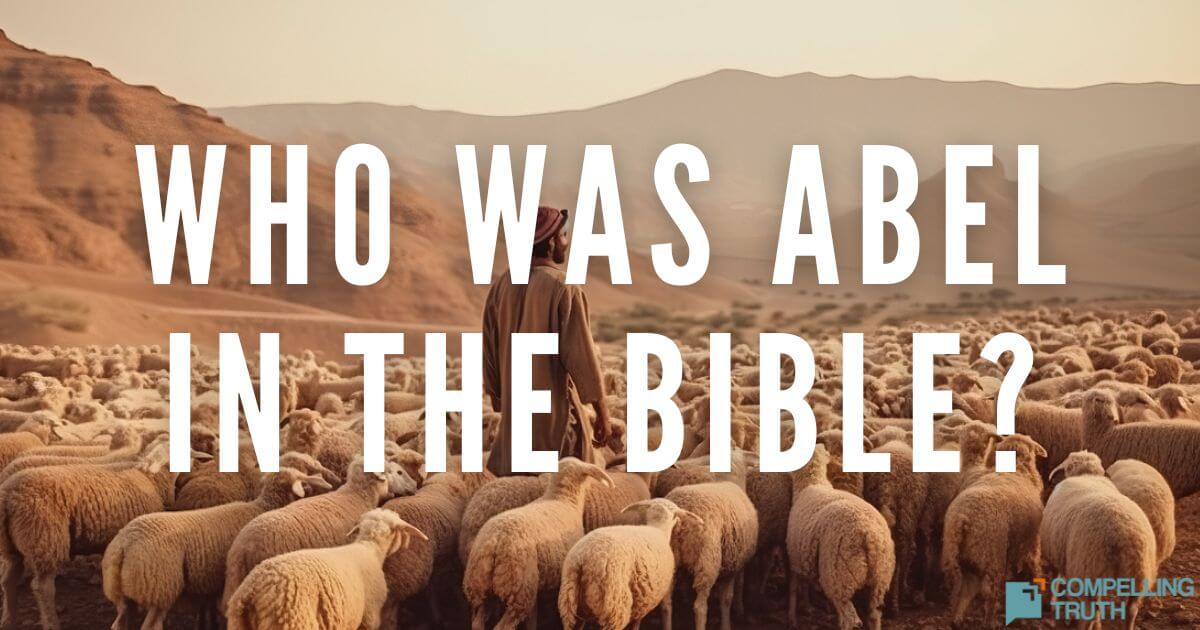Adam was the first person God created (Genesis 1:27). Adam was created in God’s image and given the job to tend and keep the garden (Genesis 2:8, 15). God created Eve from Adam because He said, “It is not good for the man to be alone” (Genesis 2:18). Adam disobeyed God and ate from the fruit that Eve gave him from the tree of the knowledge of good and evil (Genesis 2:15–17; 3:1–19). As a result, sin and death entered the world (Romans 5). Despite this, God promised salvation (Genesis 3:14–15, 20–24) and fulfilled His promise through Jesus (1 Corinthians 15:45–58). Adam's lineage connects to Jesus, who is depicted as the "last Adam," offering redemption from sin (Luke 3:23–38; 1 Corinthians 15:21–22, 45; Ephesians 1:3–10). Through Jesus, the ultimate consequences of Adam's sin are overturned, offering grace and righteousness to all who believe. Although sin entered the world through Adam, and the consequences of sin still exist, grace abounds for many through Jesus. This narrative highlights humanity's fall, the promise of redemption, and the pivotal role of Jesus as the last Adam.
We all, like Adam, are created in God’s image. We all, because of Adam, are sinners who are separated from God. Though we are each born in the likeness of Adam—sinful, separated from God, and destined to die—that is not the end of the story. Whereas the first Adam brought death, the last Adam (Jesus) brought us life. Jesus has defeated sin and death on the cross and through His resurrection (1 Corinthians 15:20–28, 56–57). All who put their faith in Him are new creations, reconciled to God (2 Corinthians 5:17–21). Though we were once dead in our sins, "God, being rich in mercy, because of the great love with which he loved us, even when we were dead in our trespasses, made us alive together with Christ—by grace you have been saved—and raised us up with him and seated us with him in the heavenly places in Christ Jesus, so that in the coming ages he might show the immeasurable riches of his grace in kindness toward us in Christ Jesus. For by grace you have been saved through faith. And this is not your own doing; it is the gift of God, not a result of works, so that no one may boast. For we are his workmanship, created in Christ Jesus for good works, which God prepared beforehand, that we should walk in them" (Ephesians 2:4–10).




